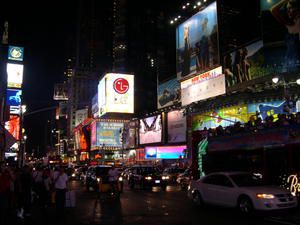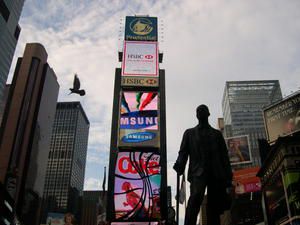| Quick guide: US presidential elections | |||||
| The road to the White House is long, complicated and expensive. BBC News explains the process. The early stages A politician with presidential ambition usually forms an exploratory committee to test the waters and raise money, sometimes up to two years before the election. They then formally declare their candidacy and campaign in key states. The primaries The primary season begins in the January before the election and lasts until about June. This is where candidates fight within the two main parties, Republican and Democratic, for their party's nomination.
Voters in each of the 50 states select party delegates, who in most cases have pledged to support a particular candidate. Some states use a caucus - a local meeting system - rather than primaries.
The party convention The national party conventions, held a few months before the election, are where the candidates are formally nominated.
Delegates who have been chosen during the state primaries pick the nominee, though by this stage, the party normally knows who has won. The winning candidate then picks a running-mate, sometimes from among the defeated rivals. The final lap
Only now do the candidates fully square up against each other. There is massive spending on advertising, and a major flurry of state-by-state campaigning. Much attention is paid to the televised debates between the candidates. This can, but does not necessarily involve any independent candidate. In the final weeks, the contenders typically concentrate their attention on big so-called "swing states", where the outcome is uncertain.
The election
American presidential elections are always held on the first Tuesday after the first Monday in November.
Voters do not, technically, participate in a direct election of the president. They choose "electors", who are pledged to one or another candidate. This is known as the Electoral College. Each state has a certain number of electors to the college, based on the size of its population. In almost every state, the winner of the popular vote gets all the electoral college votes in that state. Because of this system, a candidate can take the White House without winning the popular vote, such as in the 2000 contest between George W Bush and Al Gore | |||||



 TEACHER BLOG
TEACHER BLOG

